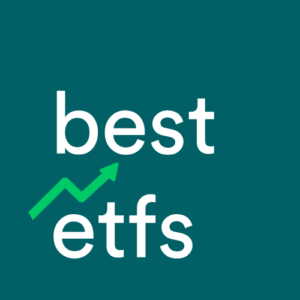Australian and ASX-listed ETFs like the Betashares QRE ETF (ASX: QRE) are gaining more attention than ever because of how easy they make it for investors to get exposure to the Australian shares sector. Here’s a quick review of the QRE ETF.
What does the QRE ETF do for a diversified portfolio?
The BetaShares QRE ETF provides a targeted exposure to some of the largest companies in the Australian resources sector and aims to track the Solactive Australia Resources Sector Index.
How big is the Betashares QRE ETF?
The Betashares QRE ETF had $47.92 million of money invested when we last pulled the monthly numbers. With a funds under management (FUM) or ‘market cap’ figure of less than $100 million, it’s important to consider if this ETF is still too small.
We say an ETF with more than $100 million invested is typically more sustainable than one with less than $100 million (at least). This is because if an ETF is too small, it may not be sustainable for an ETF issuer/provider, such as Betashares, to continue to operate it.
That said, there are exceptions to this rule of thumb, especially if the ETF issuer is committed to growing the ETF’s FUM to the point where it becomes profitable.
QRE ETF fees reviewed
Betashares charges investors a yearly management fee of 0.34% for the QRE ETF. This means that if you invested $2,000 in QRE for a full year, you could expect to pay management fees of around $6.80.
For context, the average management fee (MER) of all ETFs covered by Best ETFs Australia on our complete list of ASX ETFs is 0.5% or around $10.00 per $2,000 invested. Keep in mind, small changes in fees can make a big difference after 10 or 20 years.
Next steps
Even if you like what you see, before diving straight into buying the QRE ETF, please read the ETF’s Product Disclosure Statement (PDS). Also, be sure to take a look at our Betashares QRE report for a more comprehensive overview of this ETF. While you’re on our website, use our complete list of ASX ETFs to search for a few different ETFs in the sector and conduct a side-by-side comparison using everything you’ve learned here.
[ls_content_block id=”4954″ para=”paragraphs”]



